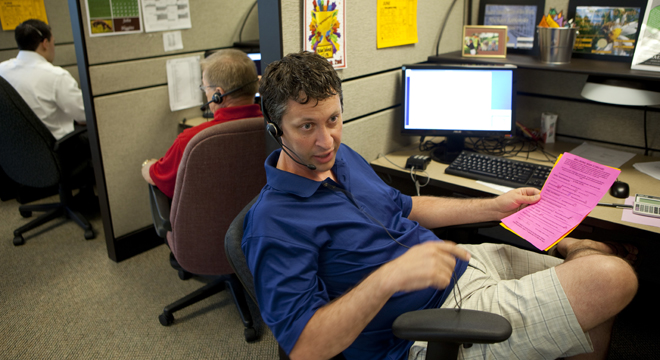Public Policy Polling, the prolific Democratic firm, is looking to overhaul its methodology in order to incorporate respondents who do not have landline telephones, National Journal reported Thursday.
Automated pollsters like PPP are prohibited by federal law from contacting cell phones, denying them access to millions of potential respondents. But next week, PPP will issue a range of proposals that include using live operators to contact cell phone respondents as well as text- and Internet-based responses, according to National Journal.
Tom Jensen, director of PPP, said that the firm’s chief consideration is to maintain its affordability and its efficiency to churn out surveys. Along with the work it does for Democratic candidates and advocacy organizations, PPP releases multiple polls every week on races and issues across the country.
Despite the lack of cell phones in its samples, PPP has built a repuation for producing accurate results. A study from Fordham University rated PPP as the most accurate pollster of the 2012 election.
“I think there’s a decent chance that we can keep on not calling cell phones and getting decent results,” Jensen told National Journal. “Obviously, we want our polls to be reaching as close to 100 percent of the public as possible.”







